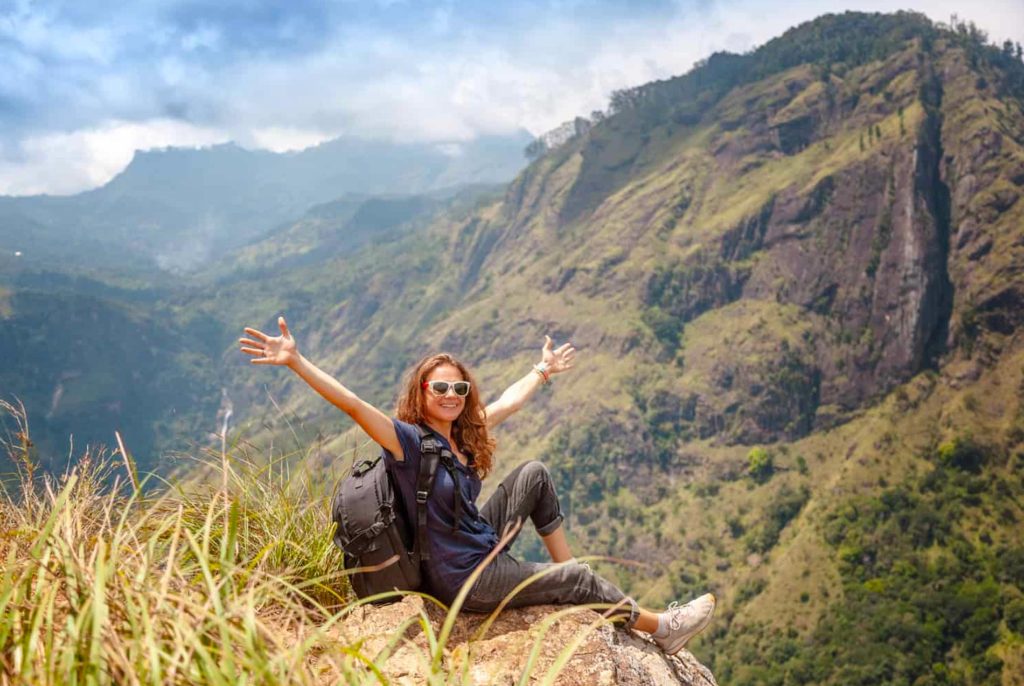Like many islands, Sri Lanka boasts a high number of endemic species, animals and plants found nowhere else on Earth. The country is also regarded as one of the world’s top five hotspots for biodiversity, testament to the sheer number of species which call the tear drop isle home.
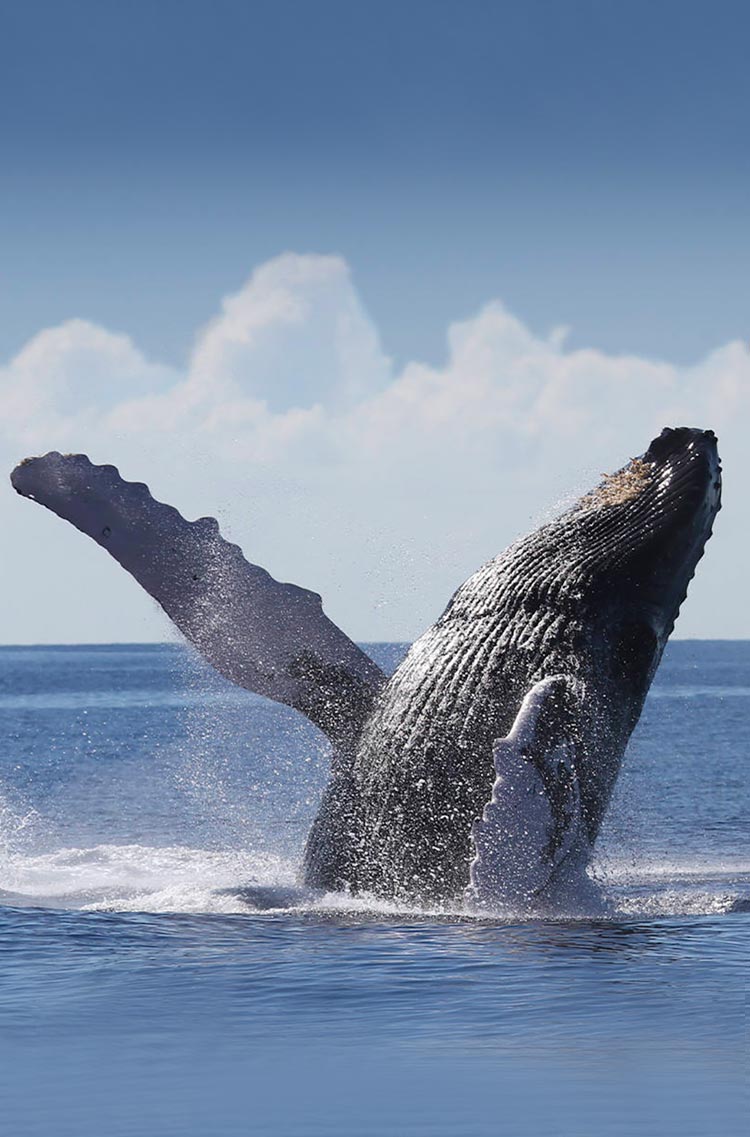
Whale Watching
The king of the ocean and the largest animal on the planet, the blue whale is a rare delight for wildlife enthusiasts and nowhere in the world are they more reliably spotted than in Sri Lanka. Nothing is quite like the shock of seeing the sheer size of these magnificent beasts in the flesh so be sure to plan your trip around whale watching season.
You can spot blue whales off Sri Lanka’s northeast coast near Trincomalee or in the southern waters by Mirissa. Between the months of June and October whale watching is best off Trincomalee, then from November to April the season continues on the south coast in Mirissa.
Turtle Watching
Sri Lanka is globally recognized as one of the few places in the world where you can observe marine turtles in their natural habitat.
Five out of seven of the world’s marine turtle species are found in Sri Lanka and come ashore in Rekawa to lay eggs, including green, loggerhead, hawksbill, olive ridley, and leatherback. Best time to watch is from April to July.
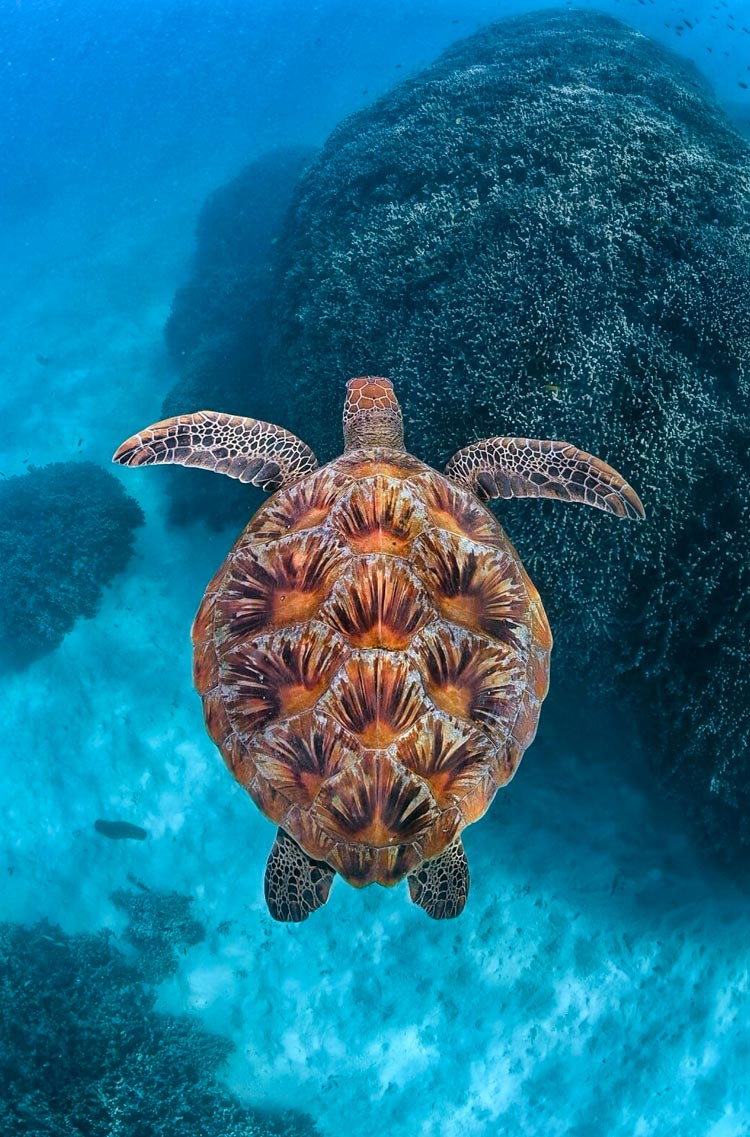
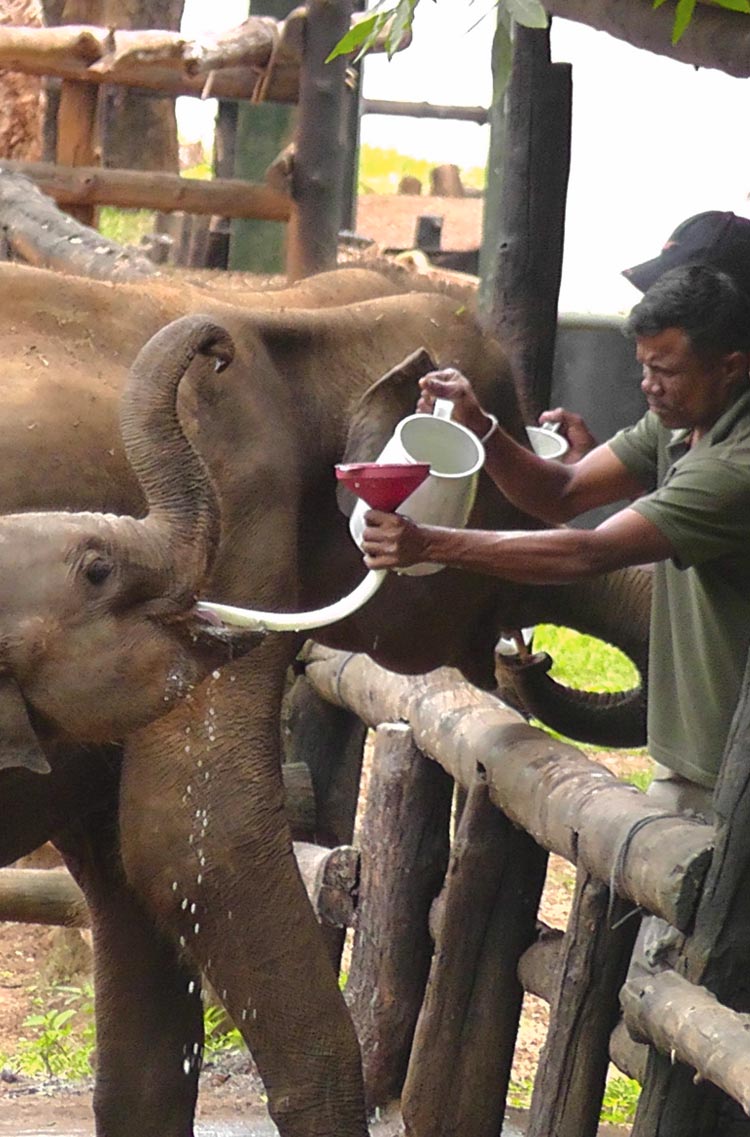
Elephant Transit Home – Udawalawe
The primary purpose of the Elephant Transit Home is to rehabilitate and release isolated baby elephants to the wild. The Ministry of Wildlife Conservation took an essential step in the welfare and protection of orphan elephants in 1995. As a result, “Ath Athuru Sevana” (Elephant Transit Home) was established at the Udawalawe National Park.
Elephant Transit Home (ETH) cares for orphaned elephant calves until they are independent and capable enough to be released back into the wild. There are normally between 40 to 60 orphaned elephants and visitors can watch them being fed, from the safety of a viewing platform about 8m away, at one of the four feeding sessions, held every three hours from 9 am until about 6 pm.
Elephant Freedom Project
(Spend the day with an elephant)
Enjoy an afternoon learning about elephants on this small group experience (max 10 people) at the Elephant Freedom Project in Kegalle, approx. 2 hours drive from Kandy. This fantastic project rescues elephants that were used in the tourism industry and provides them with a safe and protected environment where they can roam freely.
On arrival enjoy a home cooked lunch of rice and curry before you head to the river where the elephants go for a refreshing dip. Watch from the water’s edge or get involved and help their keepers scrub the elephants for a fantastic close up experience with these majestic animals. After a fresh cup of Sri Lankan tea, let the elephants lead you at their own pace on a walk through the local woodland, where you can help feed them or simply watch as they graze.
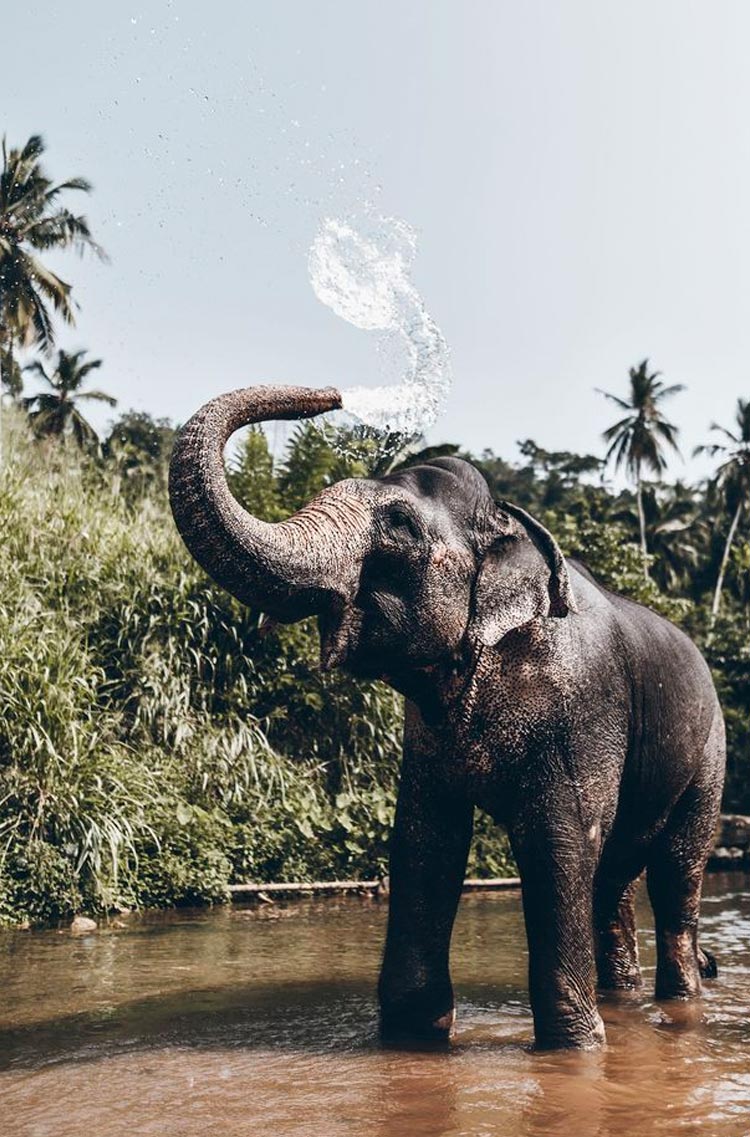
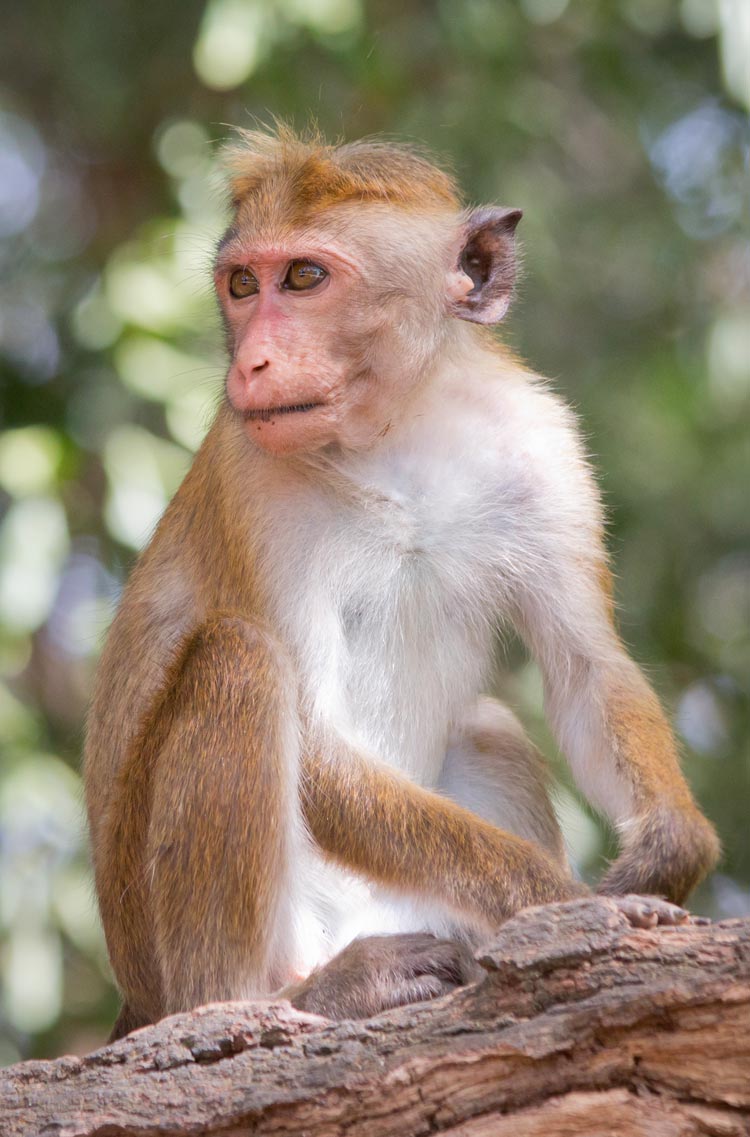
Monkey Kingdom – Polonnaruwa
The island sports a huge diversity of flora and fauna where, even in the most built-up areas, the heartbeat of nature is never far away. Some of the most personable and intriguing creatures you may meet on your travels are Sri Lanka’s monkeys. These fascinating primates have long been a visitor favourite thanks to their inquisitive nature and oh-so-human behaviors.
To learn about how these monkeys interact with each other and their place within the ecology of the island, we highly recommend a visit to the Smithsonian Primate Research Centre. There you will have the opportunity to get up-close and personal with our tree-dwelling cousins.
Based at the ancient ruined city of Polonnaruwa, in Sri Lanka’s Cultural Triangle, the research centre is dedicated to the study of Sri Lanka’s primate species, including the three species of monkey — grey langur, toque macaque and purple-faced leaf monkey — as well as the two loris species, red and grey slender.
Leopards of Sri Lanka
Known as the ‘Lord of the Jungle’, the Sri Lankan Leopard (Panthera parades kotiya) is one of the eight recognized subspecies of Leopard and is indigenous to Sri Lanka. The Sri Lankan Leopard, the smallest of the ‘Big cats’ is still the only large mammal predator in the country and relatively bigger in size than its relatives living elsewhere. They are highly graceful and agile animals are predatory carnivores making them excellent hunters who pursue different prey such as small mammals, birds, reptiles, wild boar, sambur and barking-deer of which the spotted deer makes a larger part of its diet. They hunt mainly during the nights and are best observed during dawn and dusk and sometimes during the daytime as well.
The Sri Lankan Leopard is able to survive in most habitats and is distributed throughout the island both within protected areas and outside the protected. They are most frequently found in the dry zone, evergreen forests, scrub jungle, rainforests and wet zone intermediate forests. The best place for leopard sighting is the Yala National Park, which is known to have the highest recorded densities of leopards in the world and the Wilpattu National Park. Watching leopards in the wild is considered an art that requires lots of patience so as to win the trust of the animal. Since leopards are not favorable to human movement, it is best to keep still and quiet while staying a good distance away. The best period for leopard watching is during the dry seasons which is between May – August in Yala when the animals can be seen quenching their thirst at the waterholes.
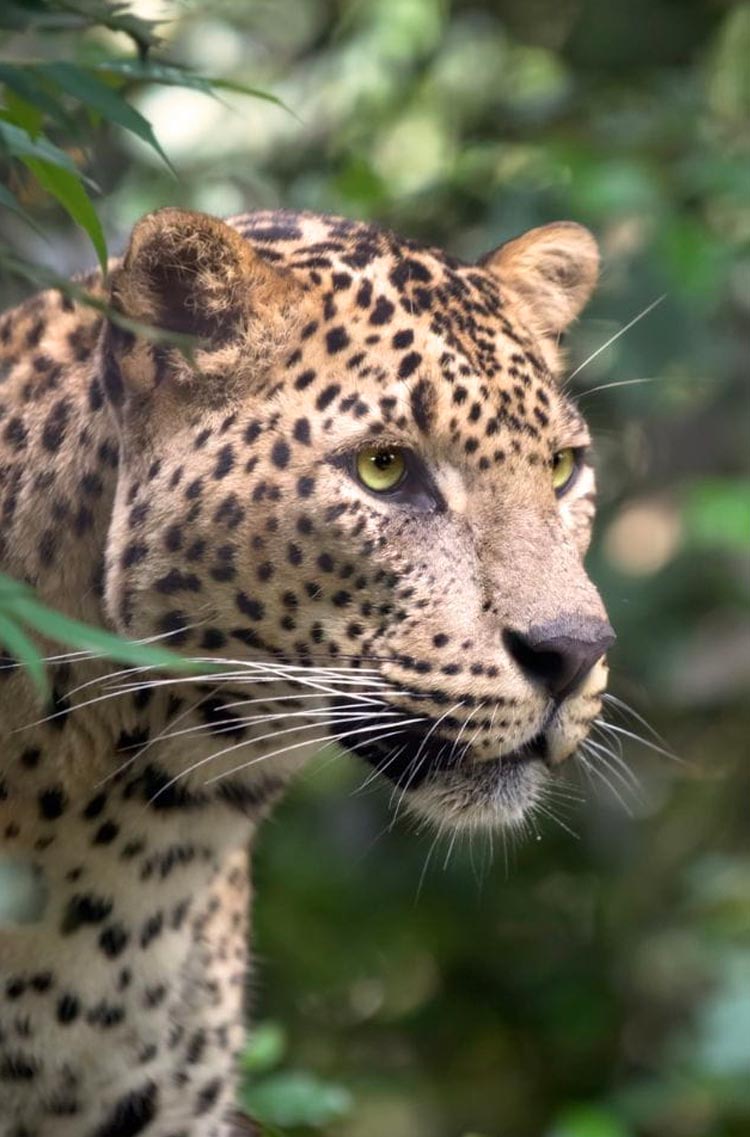
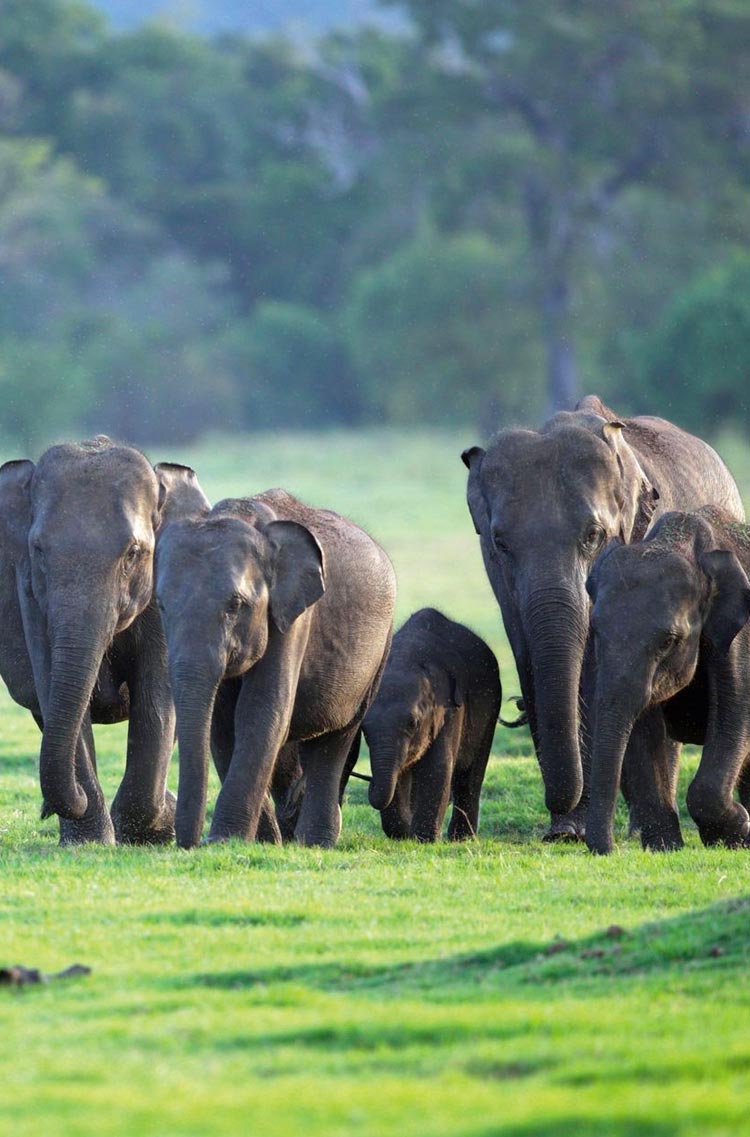
The elephant gathering in Minneriya
The Elephant Gathering in Minneriya National Park, Sri Lanka is one of the world’s most spectacular wildlife phenomenon. Hundreds of Asian elephants converge around the park’s main lake generally between July and October, coinciding with the dry season in Sri Lanka’s North Central & Eastern provinces. The tank is an incredible place to observe elephants that come to bathe and graze on the grasses as well as the huge flocks of birds that come to fish in the shallow waters. Traditionally it was believed that as the available water resources in the area dry up for the large number of wild elephants who live nearby, they naturally converge on an available water supply. A fully grown elephant usually requires about 100 litres of water per day, so access to water is vital to the elephant’s survival. However, recent research has suggested that it is the abundant grasslands around the ‘tanks’ (ancient reservoirs) at Mineneriya and Kandulla, even in the height of the dry season, which make the area so attractive.
What makes this annual event so special is the fact that over 300 wild elephants from different herds congregate in the same spot (a space measuring a mere four square kilometres) at the same time every year. Asian elephants are renowned as highly social animals and the reservoir or tank meetings demonstrate their complex group dynamics in action.

